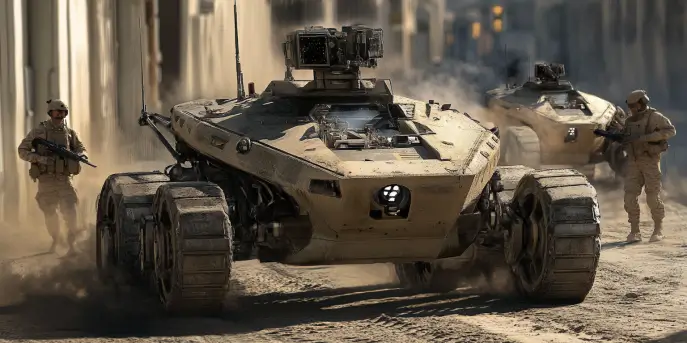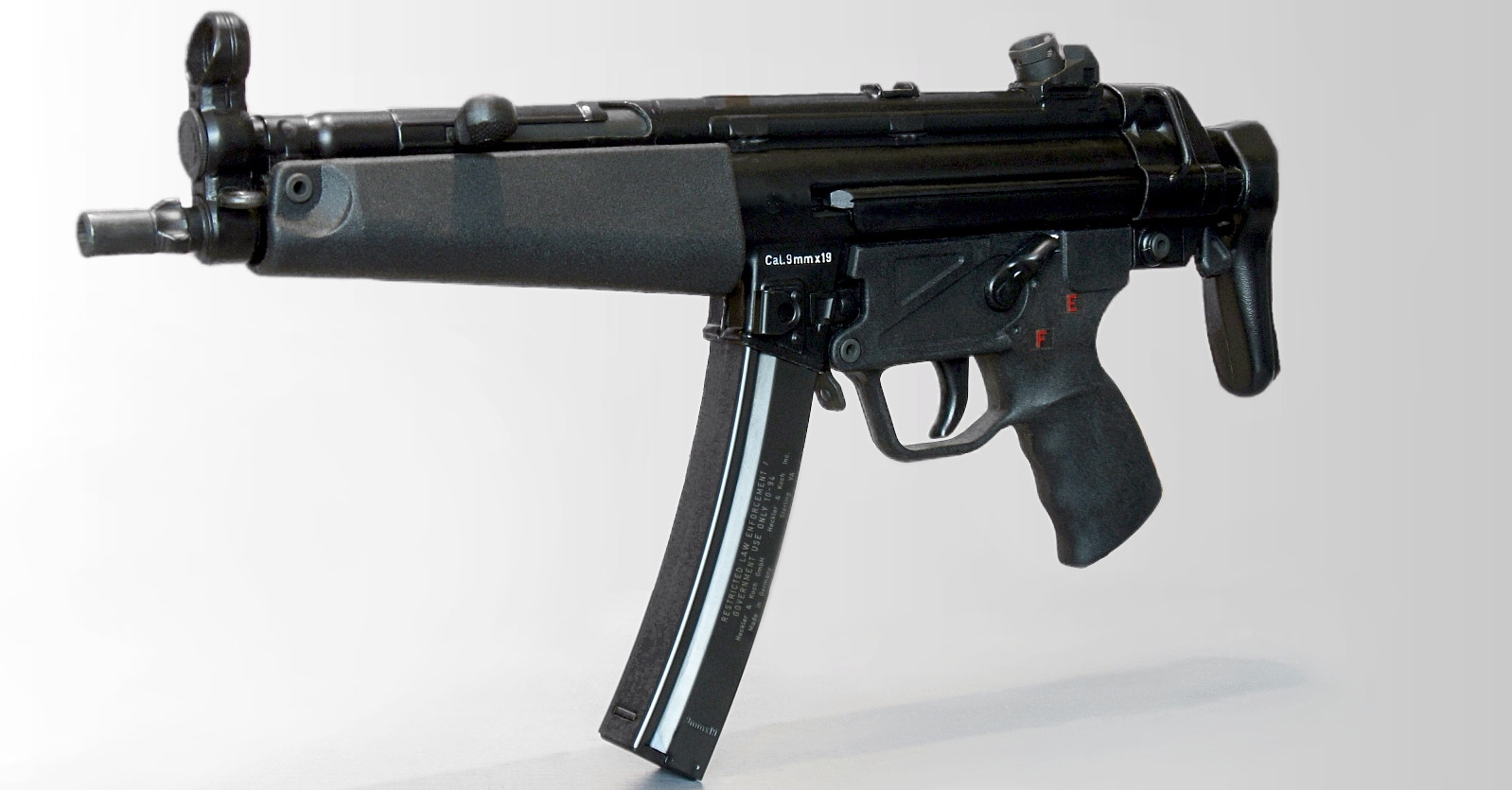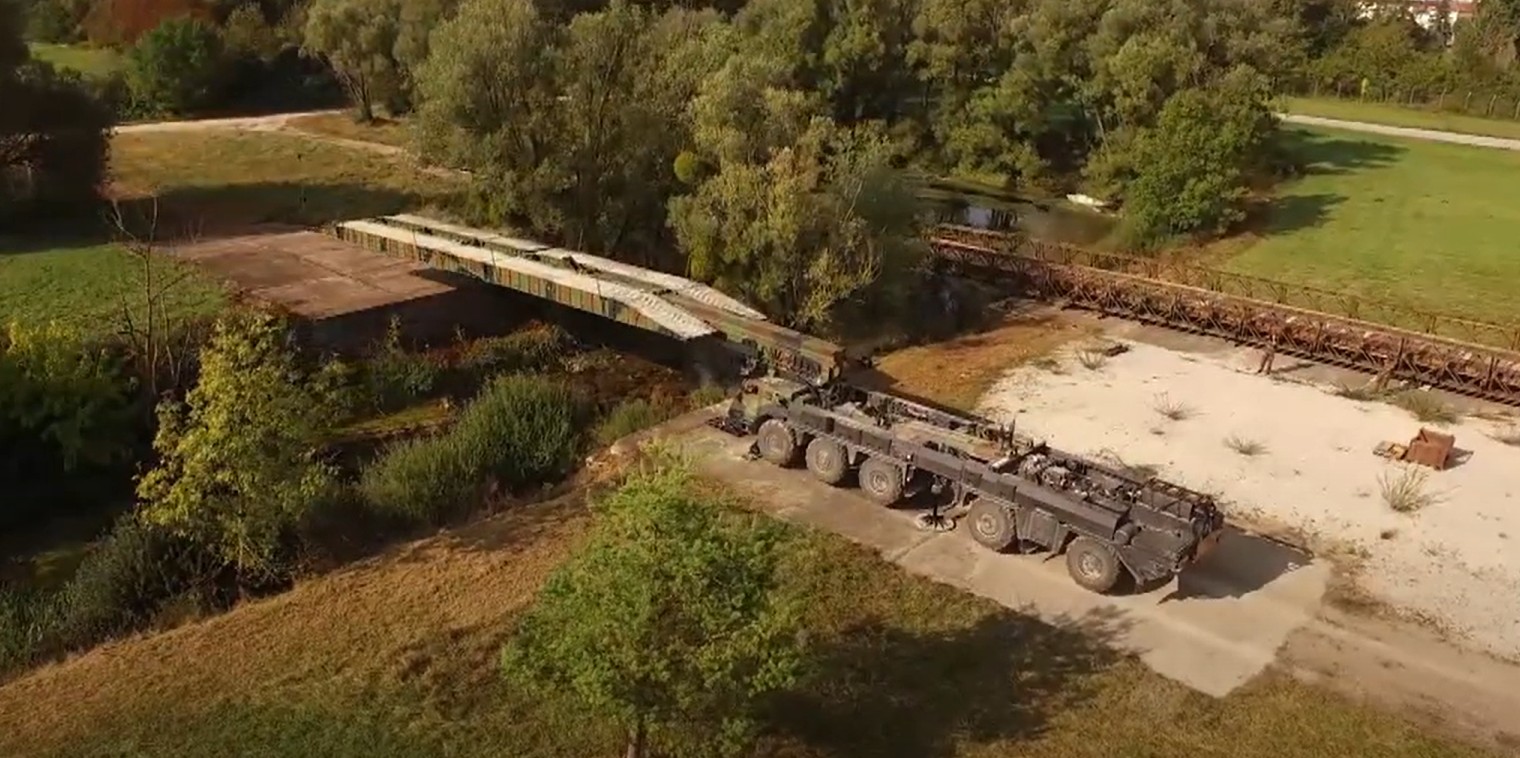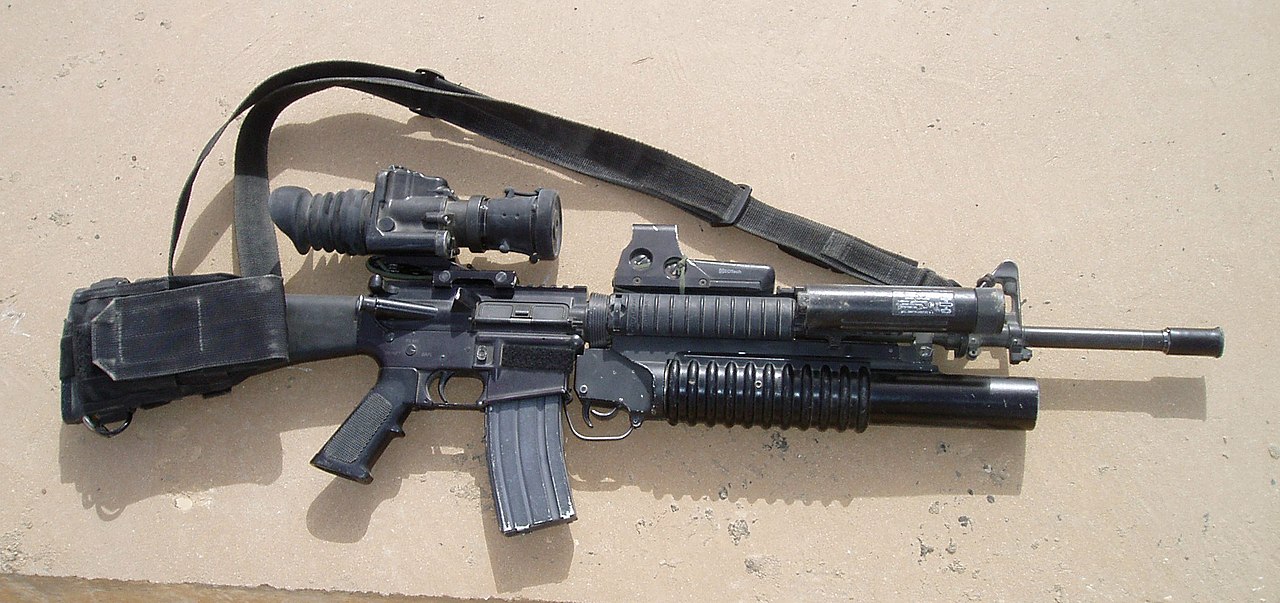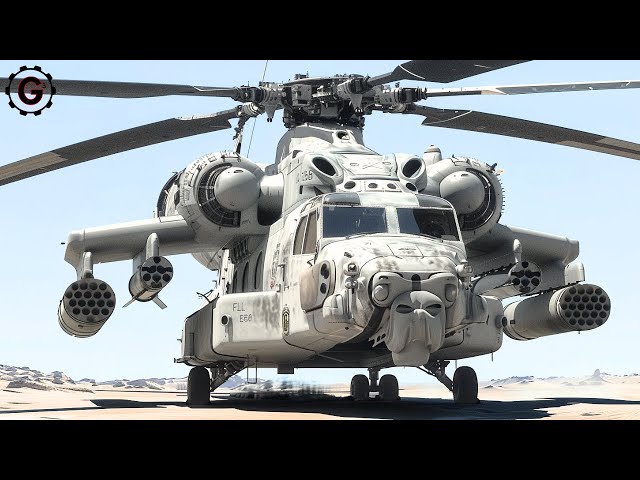Revolutionizing Modern Warfare: Unmanned Infantry Fighting Vehicles
The landscape of modern warfare is evolving rapidly, and one of the most significant advancements is the deployment of Military Unmanned Infantry Fighting Vehicles (UIFVs). These autonomous machines are designed to operate in some of the most hazardous environments, reducing the need for human soldiers in high-risk combat zones. UIFVs combine cutting-edge technology, robust armaments, and advanced mobility, marking a new era in military operations.
Technological Framework
At the core of UIFVs is a sophisticated array of technologies that enable autonomous decision-making, navigation, and combat operations. These vehicles are equipped with a suite of sensors, including LiDAR, radar, and infrared cameras, which provide a comprehensive situational awareness. High-performance processors and artificial intelligence algorithms then analyze this data to make real-time decisions on the battlefield.
Additionally, UIFVs are networked with command centers, drones, and manned units, facilitating seamless coordination and information sharing. This interconnectedness enhances their operational effectiveness and allows for synchronized maneuvers in complex combat scenarios.
Operational Capabilities
Unmanned Infantry Fighting Vehicles boast an array of capabilities that significantly bolster their combat role. These include:
- Armament: UIFVs are often outfitted with machine guns, grenade launchers, anti-tank missiles, and other lethal armaments, providing substantial firepower support.
- Mobility: High-grade suspension systems and track or wheel-based locomotion ensure that UIFVs can traverse rough terrain, climb obstacles, and maintain a steady position even under fire.
- Survivability: Armored plating and advanced countermeasure systems protect UIFVs from small arms fire, explosive devices, and other threats.
- Autonomy: These vehicles can perform a variety of autonomous tasks, from patrolling and reconnaissance to direct combat engagements, thanks to sophisticated AI-driven control systems.
Development and Deployment
The development of UIFVs is a global effort, with many countries investing heavily in this technology. Notable examples include:
- United States: The United States Department of Defense has several programs aimed at developing UIFVs, such as the Robotic Combat Vehicle (RCV) program, which seeks to integrate these units into the Army’s future ground forces.
- Russia: Russia has made significant advancements with vehicles like the Uran-9, which has already seen deployment in combat situations.
- China: China’s development efforts focus on a range of UIFVs, including the Sharp Claw series, designed for both reconnaissance and combat roles.
Challenges and Considerations
While the advantages of UIFVs are compelling, their development and deployment come with several challenges:
- Ethical and Legal Issues: The use of autonomous systems in combat raises questions about the rules of engagement, accountability, and the potential for unintended casualties.
- Technical Limitations: Despite advances, issues like AI reliability, cybersecurity, and the robustness of communications systems are critical challenges that must be addressed.
- Cost: Developing and deploying UIFVs involves significant investment, which can be a barrier for some nations.
Future Prospects
The future of UIFVs looks promising, with ongoing research and development aiming to enhance their capabilities. Future iterations are expected to feature more advanced AI, improved autonomy, and integration with other emerging technologies like swarm robotics and advanced energy systems.
As militaries around the world continue to adopt these systems, UIFVs are poised to play a crucial role in modern warfare, shaping the tactics and strategies of armed forces in the years to come.
